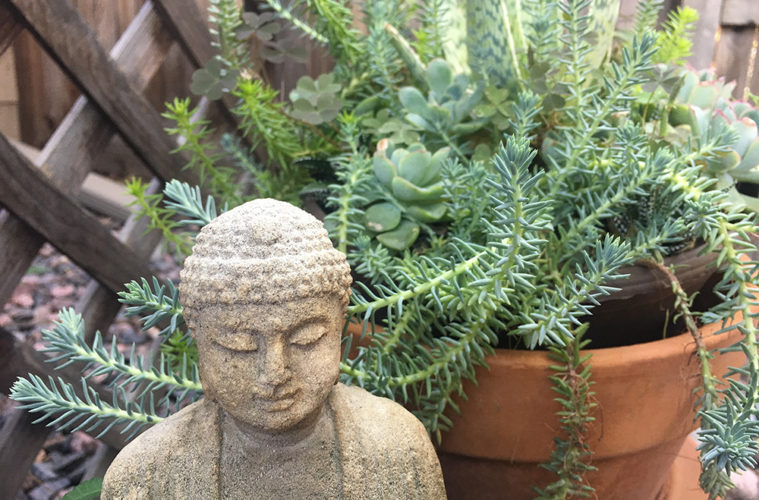BY LINDSAY CUTLER
I brought back boredom and the kids survived. During a long summer of unscheduled free time, they rediscovered reading for pleasure, doing who-knows-what in the tree-house, and running around the neighborhood with friends. It wasn’t all pretty but they grew stronger and more independent, they turned brown and their hair grew long. Now it’s September and I feel a little like it’s January – the long, late nights, barbecues with friends, and family adventures have quieted down, and it’s time to reflect and plan for the year ahead. The crisp light of fall lends clarity to the hazy days of summer, and as I sit in my quiet house, sipping coffee in my slippers and flannel, I do just this.
Warming up, I swap out my slippers for Birks, pick up my mug, and slide open the door to the garden. Just a few months ago, new plants were just jutting their heads out of the cool soil and I had no idea what this third year of my home garden would bring. It’s chaotic, end of summer wildness bears no resemblance to the tidy little shoots emerging in May. What began as optimism, crescendoed with a riot of butterflies, bees, dragonflies and even hummingbirds, and is tapering now with chickadees, red wing hawks, and jays coming in for seeds and fruits. There was a time in mid-summer when I sat down. It was the first time I had sat in my garden and been surrounded by pollinators. What began three years ago as a dry, sandy excuse for a lawn was now teeming with life. For the first time, I didn’t look around and see work and large expanses of brown but instead saw a diversity unparalleled in any backyard of my childhood or memory. Joy descended like a soft blanket as I suddenly saw how quickly the world can regenerate, how readily life springs back, and how truly beautiful all this diversity is. It’s only been three years and my garden is a long shot from being ready for any magazine or garden party but it’s a thriving ecosystem with potential. As a person with an unquenchable wanderlust – my toiletry kit is always packed and there are at least three tabs open on my iPad with travel blogs – this was a moment where I felt rooted, invested, and connected to a future in my home. For once, I wasn’t mentally renting it out and moving to Thailand by way of Japan.
Now, as the days grow shorter, I want to remember the successes of summer while they are fresh, write them down, and plan for next year before it’s brown and bare and faded. What plants did well, where did the weeds grow, what needs to be moved, trimmed, or gotten rid of? Fall is the best time to plan because the garden structure is still visible, the cooler temps are good for the garden and the gardener, and because it sets up the space for fall chores like leaf mulching. Take a moment now to draw out where your perennials are, write down what bloomed when, what plants looked the best for the longest, what was high maintenance, where your weeds grew the most. Where are the empty spots? Are there views you want to open or block, spaces you want to frame or fill in? How does the lawn look and how does your family use it? If your tree canopy has grown and is shading out the lawn, consider changing the border to adjust for this. Check out your mulch – where does it need replacement? Areas with a lot of weeds often have too much water or not enough mulch while plants that have a white coating on the leaves may need more sun or less water from above, like sprinklers or hose. Plants that never bloomed may also need more sun while leaves that are smaller than you’d expect may prefer a shadier location. As your trees and shrubs grow, perennials and grasses that once thrived may no longer be in the right spot. You can move or remove them or simply plant new flowers around them that will one day take over. Consider your trees and shrubs – do they have a lot of dead wood in them? Woody plants need air circulation to prevent disease; remove dead wood now before the leaves fall off and you can’t tell dead from alive. If you’re up for getting new plants in the ground, fall is the second best time to do this in Colorado. Plants are on sale and the soil is cool, just remember to keep them watered through November and then periodically during the winter so their roots don’t dry out! One last thing before I finish my now cold coffee and strip off the flannel – fall is a wonderful time for most gardeners and garden designers – if you are considering a spring or summer project, contact one now to begin the planning. It can take 3-6 months to go from first meeting to final installation. Plan to spend some time choosing a company, understanding cost and timeline process, budgeting, and dreaming. Come spring, you will be first on the list and ready to enjoy your yard once summer begins again.

